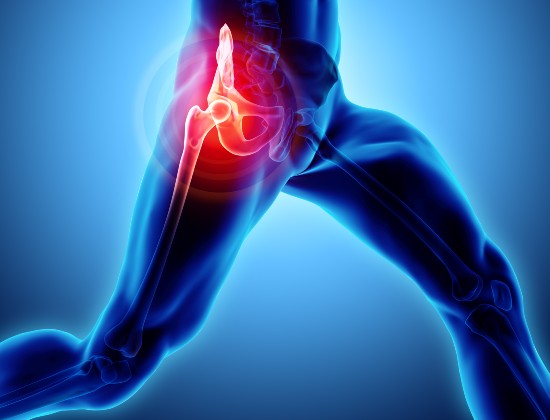Sportsman’s hernia (gilmore’s groin)
What is it?
A Sportsman’s hernia is a condition characterised by chronic groin pain which is normally experienced in individuals that undertake some form of regular physical activity sucha s exercise or sport. There is no true hernia identified with a rupture of muscles or tendons in the inguinal canal often attributed to the cause of the condition. Many professional footballers have had surgery for this condition.
Other commonly used definitions include:
• Athletic pubalgia
• Incipient hernia
• Pubic inguinal pain syndrome
• Pubic Symphysitis
• Inguinal Disruption
Causes
This type of injury is usually caused by intense twisting or sudden changes of direction, for example in sports such as football, ice hockey, or wrestling. This results in a tear or strain to muscles, tendons or ligaments in the groin area just where the muscles of the abdominal wall join the pelvis.
Symptoms
These include extreme pain in the groin when the injury occurs, which improves with rest but returns during sports that involve twisting, turning and kicking. Although it does not bulge, in time it can lead to an inguinal hernia and, without treatment, it can result in chronic (long term) pain that prevents you from carrying on with sports.
Diagnosis
The chronic groin pain requires treatment by a multidisciplinary team including both a groin and orthopaedic surgeon as well as a physiotherapist. You will undergo a Stress ultrasound of the groin, as well as a Magnetic resonance scan (MRI) of the groin.
Treatment
Non-operative treatment: you will usually be advised to rest for up to 10 days, applying ice (crushed and wrapped in a towel) at regular intervals and taking anti-inflammatory medication to reduce swelling. You may also be given a rehabilitation programme of gentle exercises to improve your strength and flexibility in the abdomen and inner thigh. After around six weeks, most people can gradually return to sports.
Surgery: if non-operative treatment doesn’t relieve your symptoms, you may be offered surgery to repair and strengthen torn tissues in the groin. Surgery requires reinforcement of the inguinal canal using a mesh, which can be performed, by open or keyhole surgery. In some cases the main conjoint tendon can be released and reconstructed with tension-free mesh placement, to strengthen the repair. Other surgical techniques have also been advocated for a sportsman’s hernia such as the minimal repair technique, which only uses a stitch to reinforce the inguinal canal. Both the keyhole and minimal repair techniques have the advantage of a quicker recovery. Surgery in all cases is combined with a careful follow up and physiotherapy program.
Recovery
Recovery does not take long, with most patients being discharged within 24 hours of surgery. Complete recovery is based on individual needs and fitness of the individual. Patients are encouraged to start mobilising immediately after surgery and refrain from lifting heavy objects for at least one month. A return to full sporting activities is expected within 2 to 3 months and in some cases even sooner. A full rehab program will be provided to all that undergo surgery.
Important: This information is only a guideline to help you understand your treatment and what to expect. Every person is different and your rehabilitation may be quicker or slower than other people’s. Please contact us for advice if you are worried about any aspect of your health or recovery.


